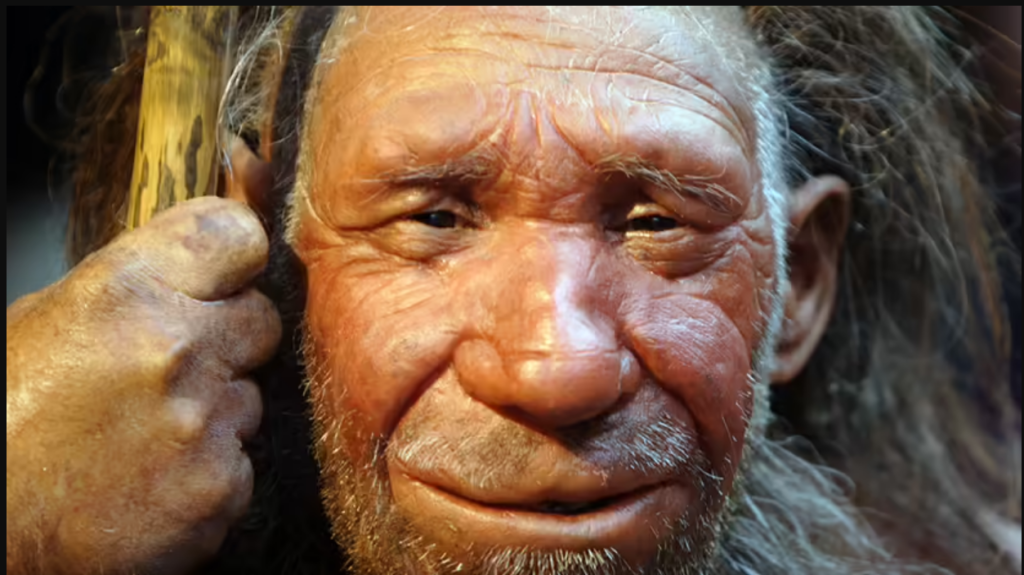

Since time immemorial, Homo sapiens, our species, have embarked on a remarkable journey across the globe, leaving behind a trail of civilizations that have shaped the course of human history. From ancient Mesopotamia to the thriving urban centers of the modern world, the study of Homo civilizations has fascinated scholars, historians, and cartographers alike. Through the art of cartography, we can unlock the mysteries of our past, tracing the footprints of our ancestors and discovering the intricate tapestry of human civilization.

Cartography, the science and art of mapmaking, has been an essential tool for understanding the world and its inhabitants. From rudimentary drawings on cave walls to the sophisticated digital maps of today, cartography has evolved alongside human progress. Early civilizations crafted maps primarily for practical purposes, such as navigation, land management, and territorial control. However, as societies expanded and interacted, maps became a means to document cultural exchanges, trade routes, and interactions between different Homo civilizations.

The study of Homo civilizations through cartography has unearthed astounding insights into the lives of our ancestors. Ancient civilizations like the Mesopotamians, Egyptians, Greeks, Romans, and the Indus Valley inhabitants have left behind cartographic evidence that helps us envision their world. These maps depict city layouts, river systems, and the extents of empires, providing valuable clues about their governance, societal structures, and trade networks.
One remarkable example is the “Babylonian Map of the World,” dating back to the 6th century BCE, which showcases the earliest known world map. This clay tablet map reveals the ancient Babylonian worldview, reflecting the Euphrates River at the center of the world surrounded by circular landmasses and oceans.
The Age of Exploration during the 15th and 16th centuries marked a pivotal moment in cartography, as it saw a surge in mapping efforts to document the newly discovered lands. Explorers like Christopher Columbus, Vasco da Gama, and Ferdinand Magellan navigated uncharted territories, and cartographers captured their discoveries in maps that expanded our understanding of the world. The exploration era facilitated the exchange of ideas, cultures, and technologies between Homo civilizations and laid the groundwork for the interconnected world we live in today.
In the contemporary era, cartography has become a powerful tool for preserving and promoting cultural heritage. Maps serve as a means to safeguard ancient sites, traditional knowledge, and the diversity of Homo civilizations. They aid in cultural tourism, allowing people to explore historical landmarks and appreciate the rich legacy of our ancestors.
Furthermore, modern technology has revolutionized cartography, enabling the creation of highly detailed and interactive digital maps. Geographic Information Systems (GIS) and satellite imagery have enhanced our ability to study the interactions between Homo civilizations on a global scale. Archaeologists, historians, and anthropologists now collaborate with cartographers to create comprehensive spatial databases that illuminate the interconnectedness of human societies throughout history.
Cartography on Homo civilizations is more than just the science of mapmaking; it is a gateway to unlocking the captivating story of humanity. By meticulously mapping the geographical distribution of ancient and modern civilizations, we gain profound insights into the complexities of human existence. These maps not only reveal the physical landscapes but also the cultural, social, and economic landscapes of our ancestors.
As we continue to chart the course of human history, let us cherish the wisdom of cartography, for it is through these maps that we can appreciate the achievements, struggles, and aspirations of Homo sapiens, transcending time and fostering a sense of shared heritage among all people on this planet.